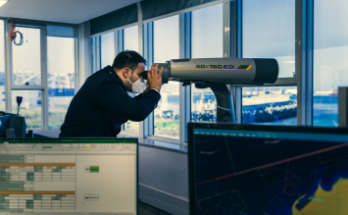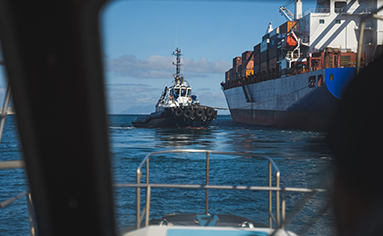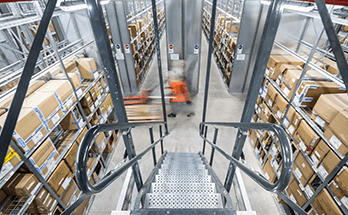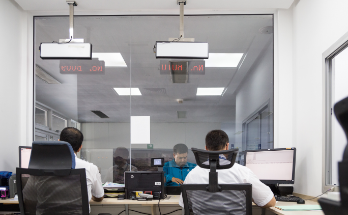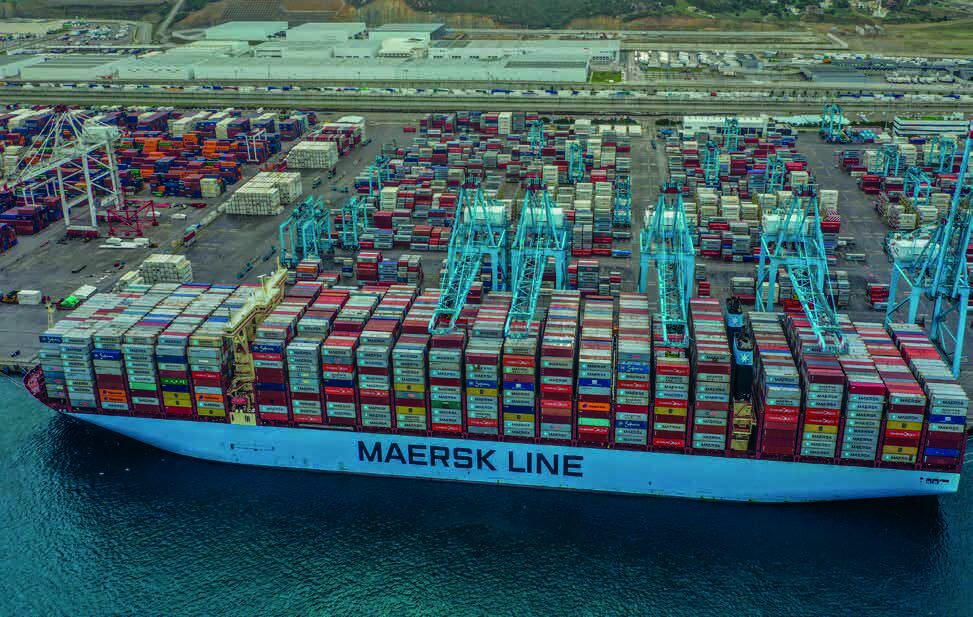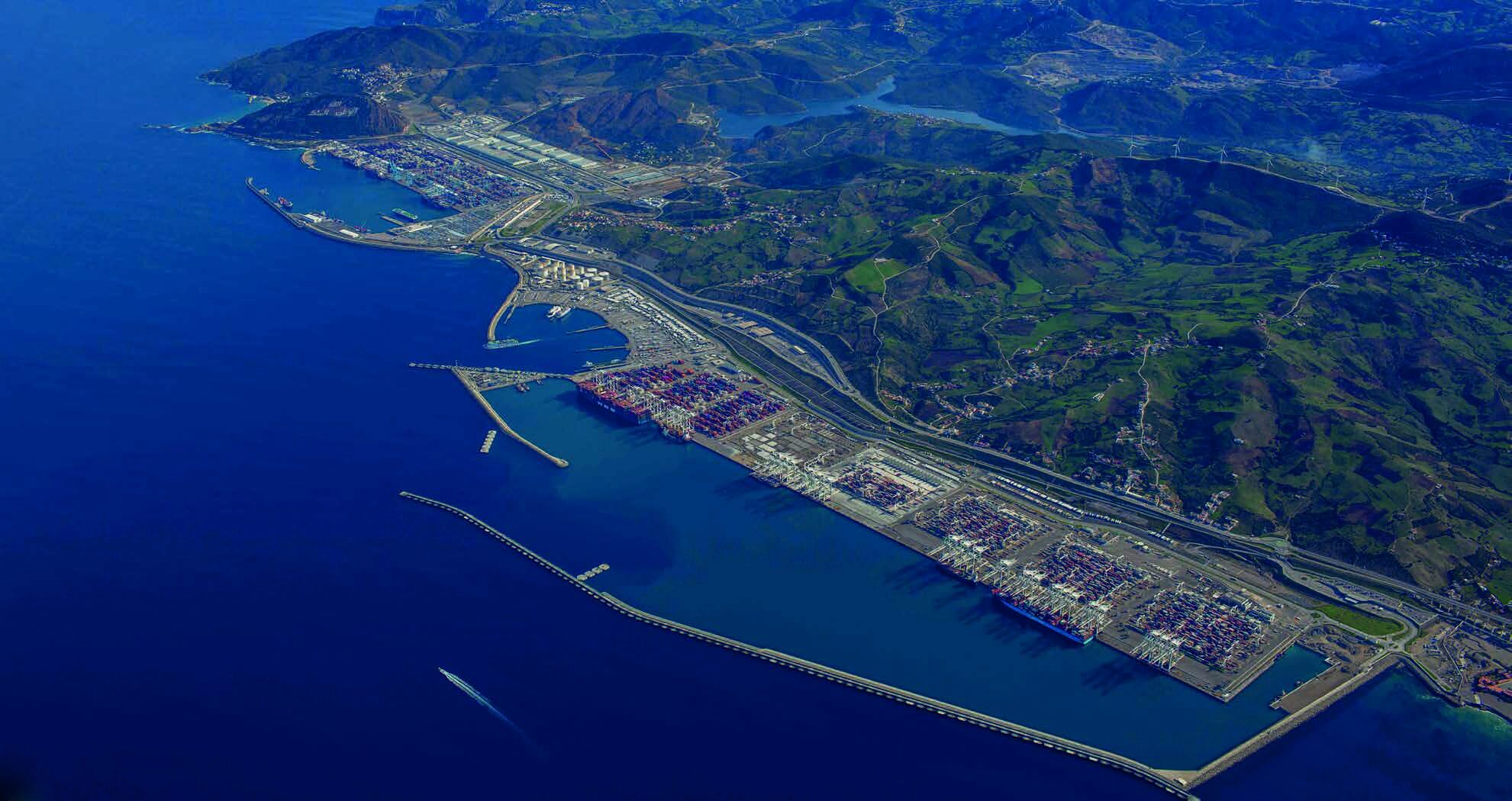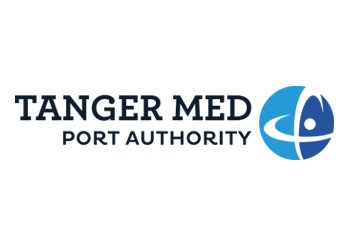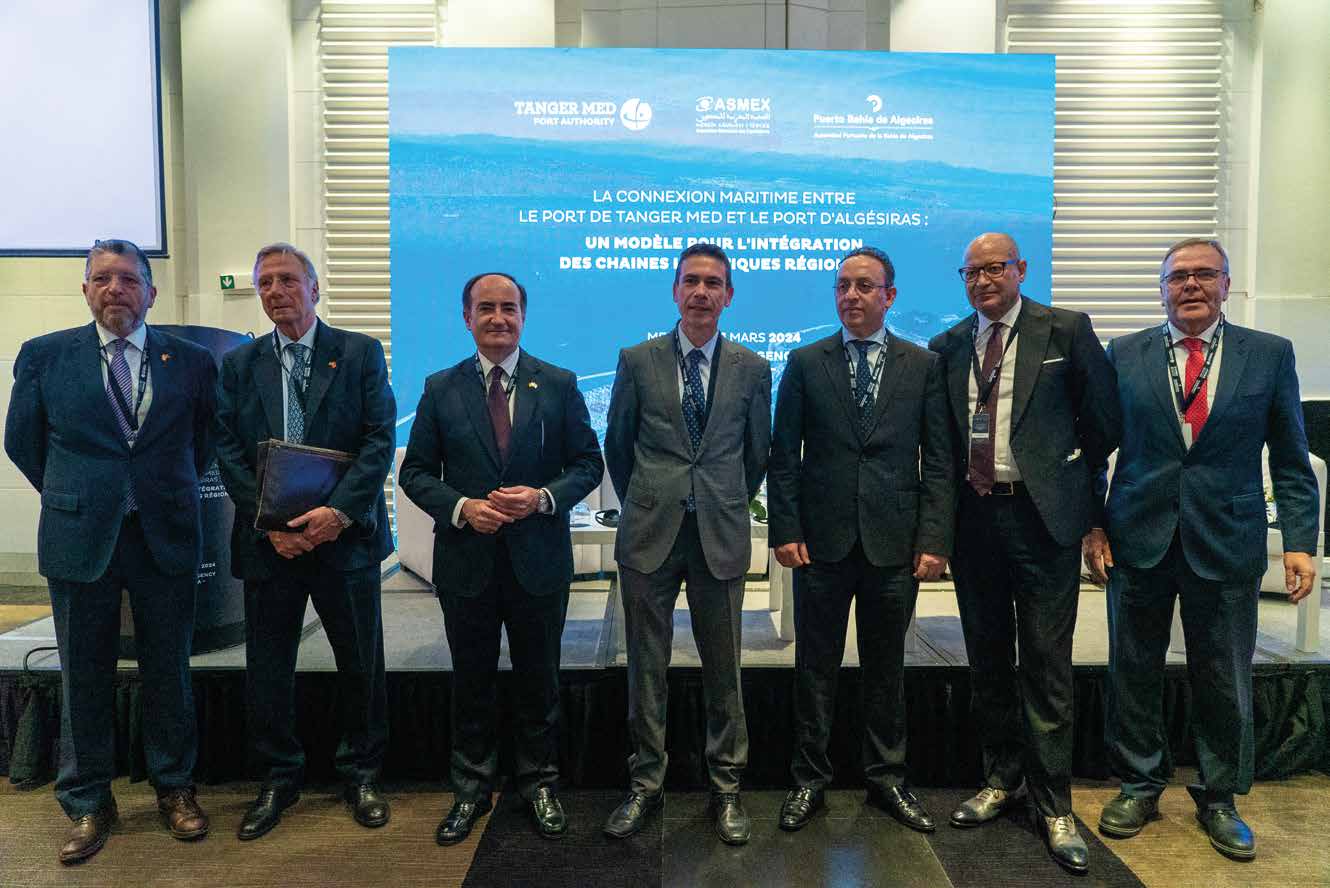
Tanger Med Port Authority, in partnership with the Moroccan Exporters Association (ASMEX) and Algeciras Bay Port Authority (APBA), organized a day of exchanges on March 6th in Casablanca, under the theme “The Maritime Connection between the Ports of Tanger Med and Algeciras: an Integration Model for Regional Supply Chains”.
The event brought together transport and maritime representatives from organizations and companies operating on both sides of the Strait of Gibraltar, underlining the importance of cooperation between the two ports and their crucial role in facilitating the flow of goods and passengers between Spain and Morocco.
The event kicked off with opening speeches by Mr. Hassan Abkari, Managing Director of Tanger Med Port Authority, accompanied by Mr. Gerardo Landaluce, President of the Algeciras Bay Port Authority (APBA), Mr. Hassan Sentissi, President of the Moroccan Exporters Association (ASMEX), and the Spanish Ambassador to Morocco, Mr. Enrique Ojeda.
During the day, a number of themes were explored concerning the development of trade between Spain and Morocco. These topics included the integration of value chains between these two neighboring countries, the importance of cooperation between the various players in the value chain, and discussions relating to Tanger Med – Algeciras, a key platform for trade between Morocco and the European Union. Discussions also focused on fluidity in the ports of Tanger Med and Algeciras, highlighting its crucial role as an efficiency lever for the Strait Logistics Chain, with the objective of further stimulating trade and strengthening regional connectivity.
February 14th marked the fifth anniversary of the signing of the Memorandum of Advanced Collaboration between the two ports, signed before His Majesty King Mohammed VI and His Majesty King Felipe VI in Rabat, with the aim of guaranteeing and improving the fluidity of flows through the Strait. The memorandum places particular emphasis on facilitating trade and passenger flows across the Strait of Gibraltar. Its aim is also to boost the competitiveness of both ports by responding effectively to market developments and offering innovative, tailored logistics solutions, while incorporating technological advances such as the digitization of commercial and shipping data.




